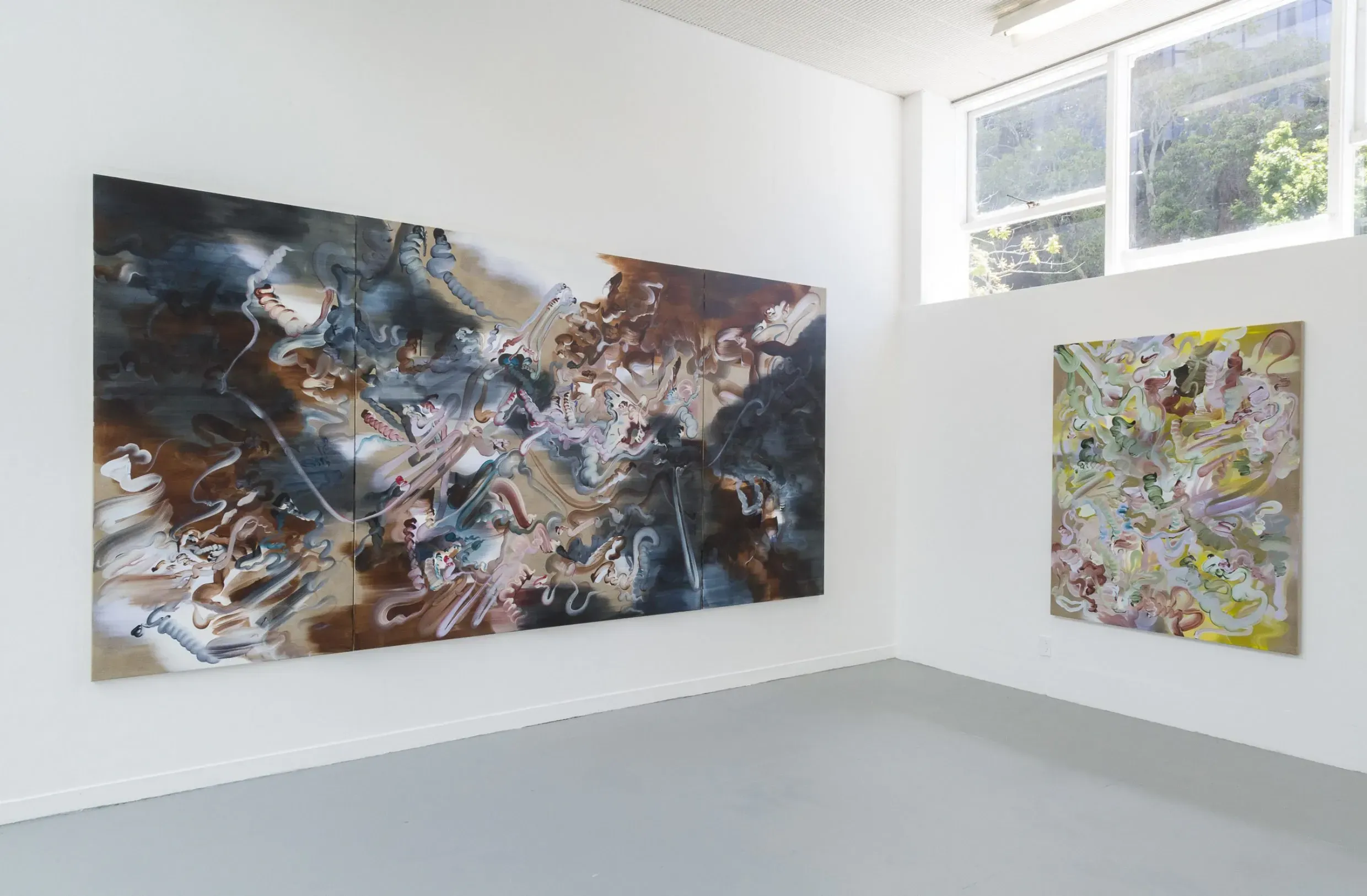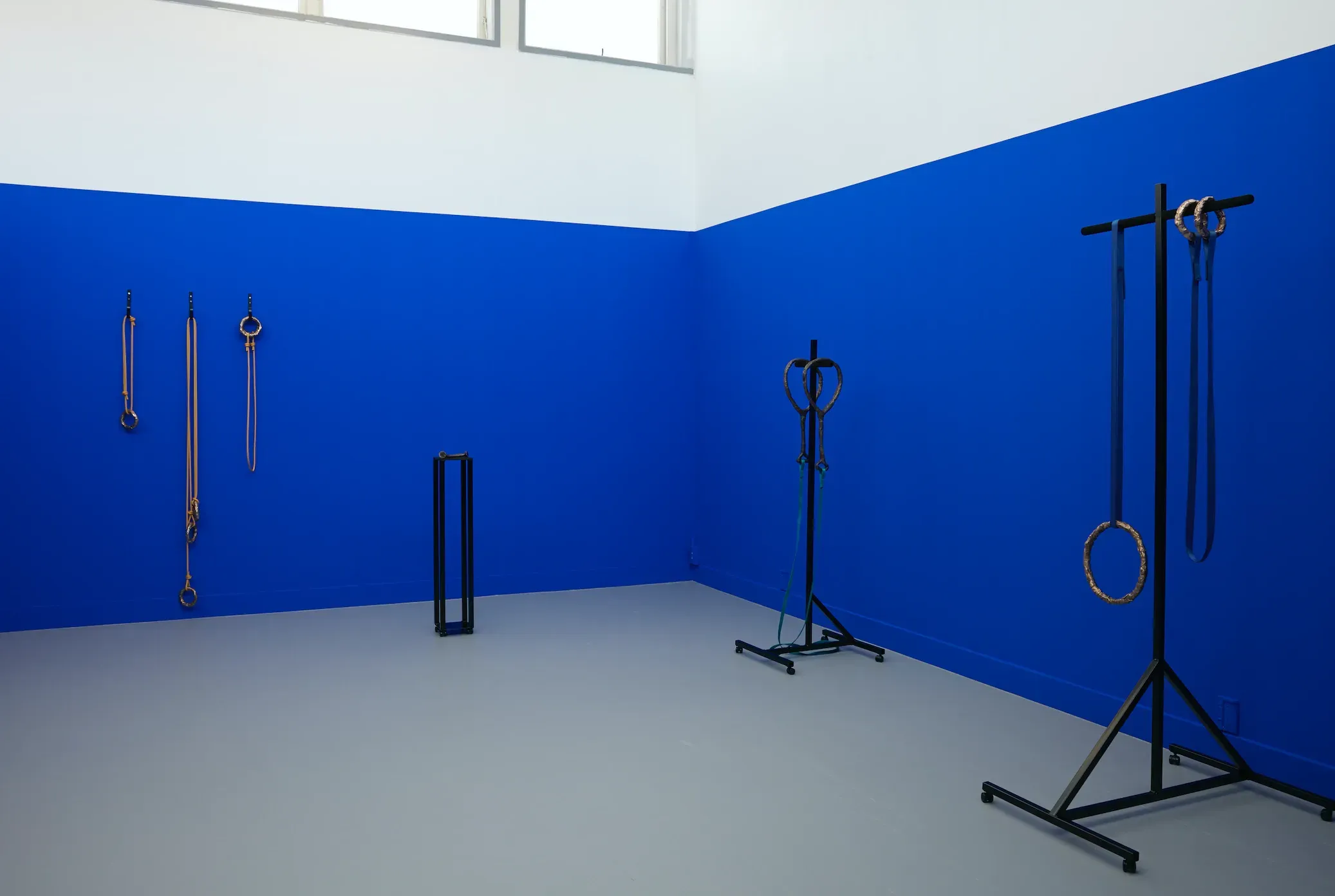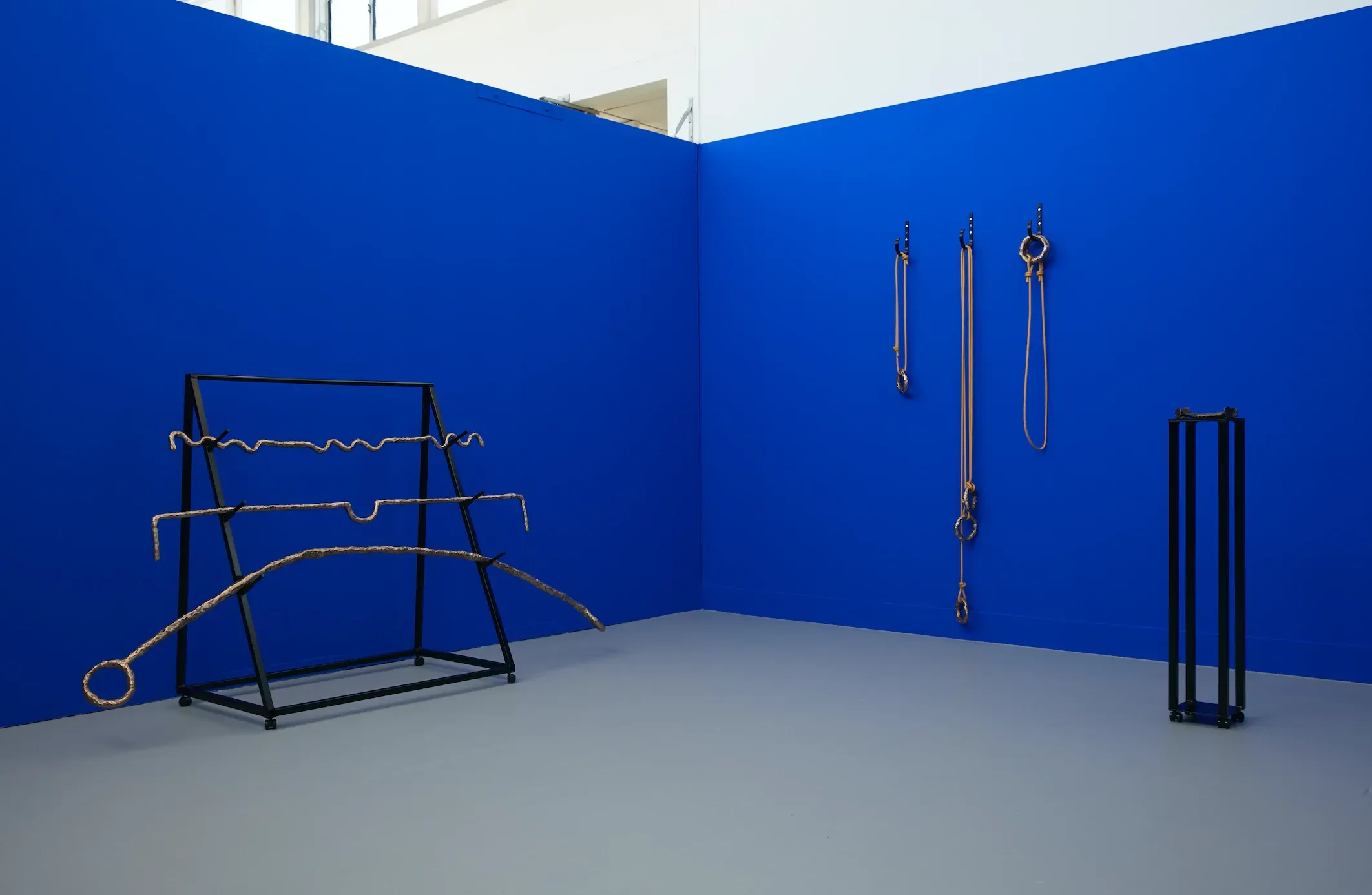Creating Agents of Change
Written by
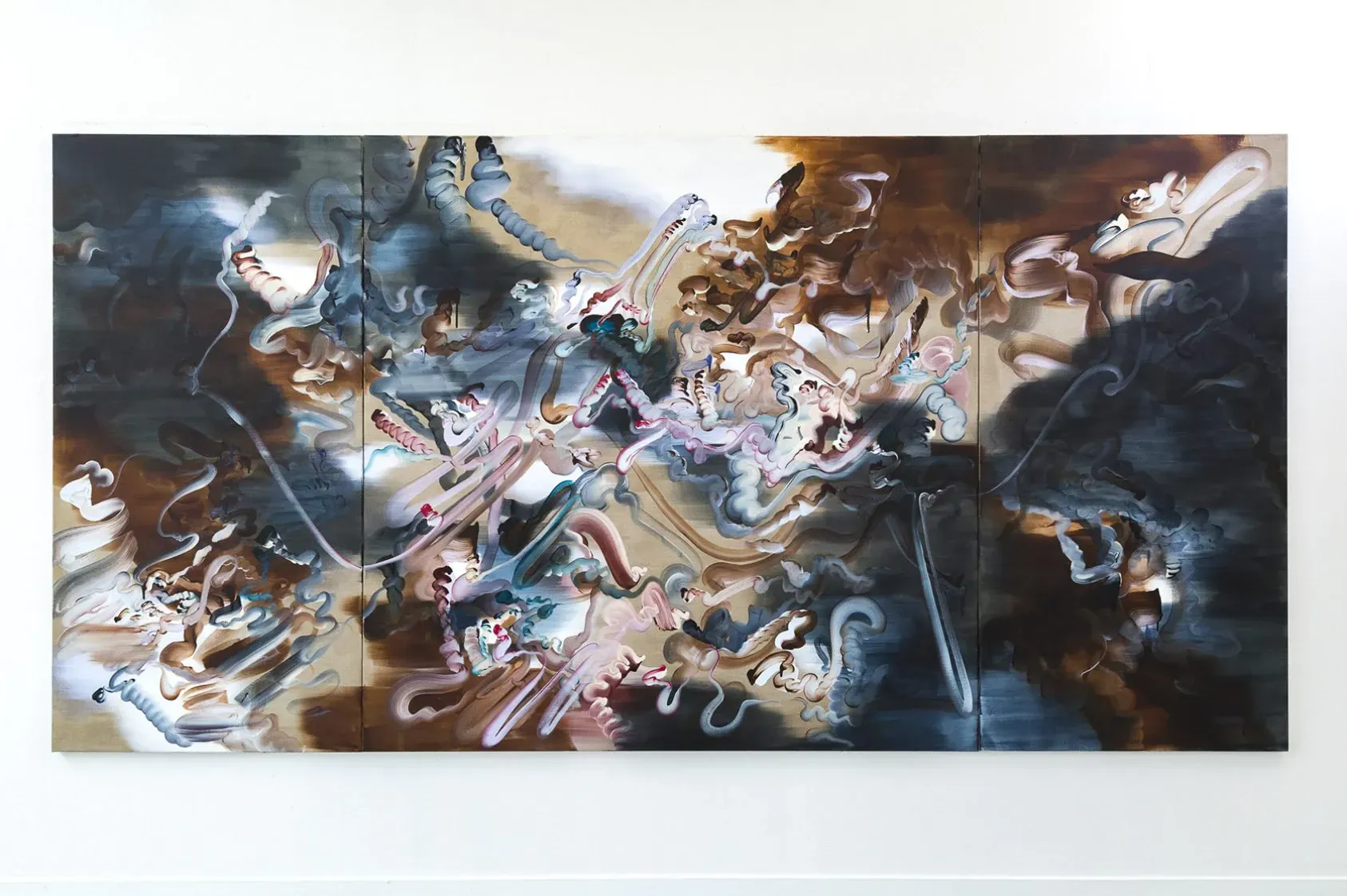
“The tide was already turning in terms of reflecting back upon culture and creativity as something that is essential rather than something which is just nice to have.” – Associate Professor Peter Shand, Head of the Elam School of Fine Arts.
Keeping ahead of a changing world is prompting Auckland’s Elam School of Fine Arts to comprehensively revamp its programme for the 2021 year.
With official confirmation of the changes expected soon, this evolution has been planned for more than two years – while the need for change has only been emphasised by the COVID pandemic.
“Change of the order we are undertaking doesn’t happen very quickly,” says the school’s head, Associate Professor Peter Shand.
“It's quite a long term strategy for change but obviously what has happened this year has really ramped up the issue.”
Rich history, bright future
Elam has a long history having been founded in 1890. Elam was incorporated into the University of Auckland in 1950 and now caters to about 450 students from undergraduates to PhD and studio Doctorate candidates.
For 2021, Elam is introducing a new Bachelor of Fine Arts and increasing its conjoint options from one to 11. Undergraduate students will be able to study fine arts alongside a degree in arts, commerce, design, engineering, health sciences, global studies, law, music or science.
The School will discontinue enrolments in its Bachelor of Fine Arts (Honours) degree but plans to offer a taught as well as research-based Masters, focussing on understanding research methodologies, advanced technical skills acquisition, and writing skills as well as studio practice. It will also offer a one-semester postgraduate certificate in fine arts.
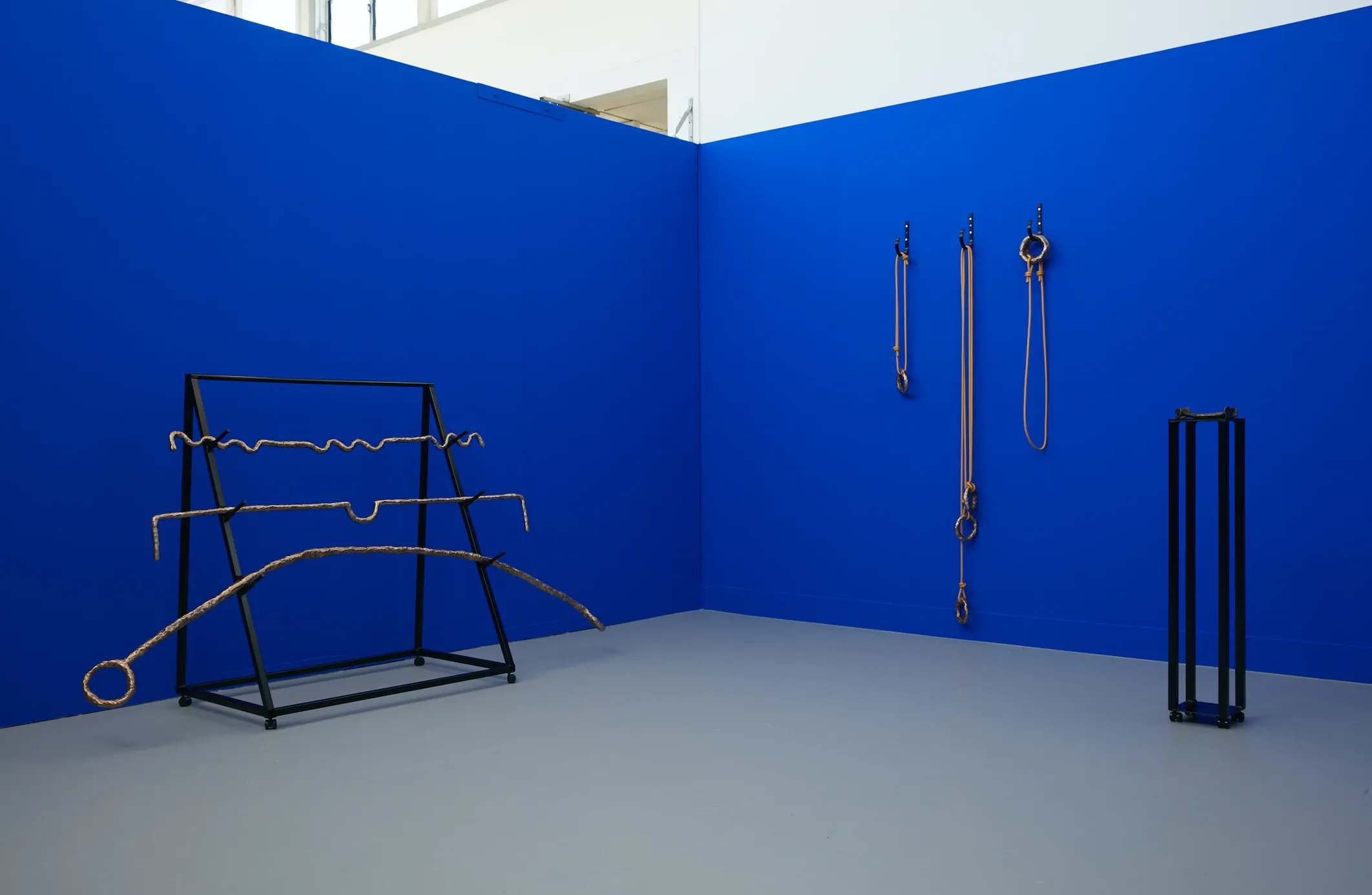
Hannah Valentine, Art and physicality: On the body in the age of hyperindustrialism, Master of Fine Arts, 2017.
Shand says entry will also become more open for a broader range of students, particularly from non-cognate disciplines, to help those who may be passionate about contributing to a fine arts field but without an established art practice.
“We've got a whole line of study that people can undertake in order to get themselves up to speed rather than be stranded.”
It’s about extending diversity both in terms of the demographics of the student base, and their capacities to make a contribution.
“The bottom line is essentially how can we as a school better serve our constantly expanding and diversified community of interest, rather than just assuming that art education means one thing - which might be mistaken for something quite constrained or quite removed in terms of its audiences.”
Core of the matter
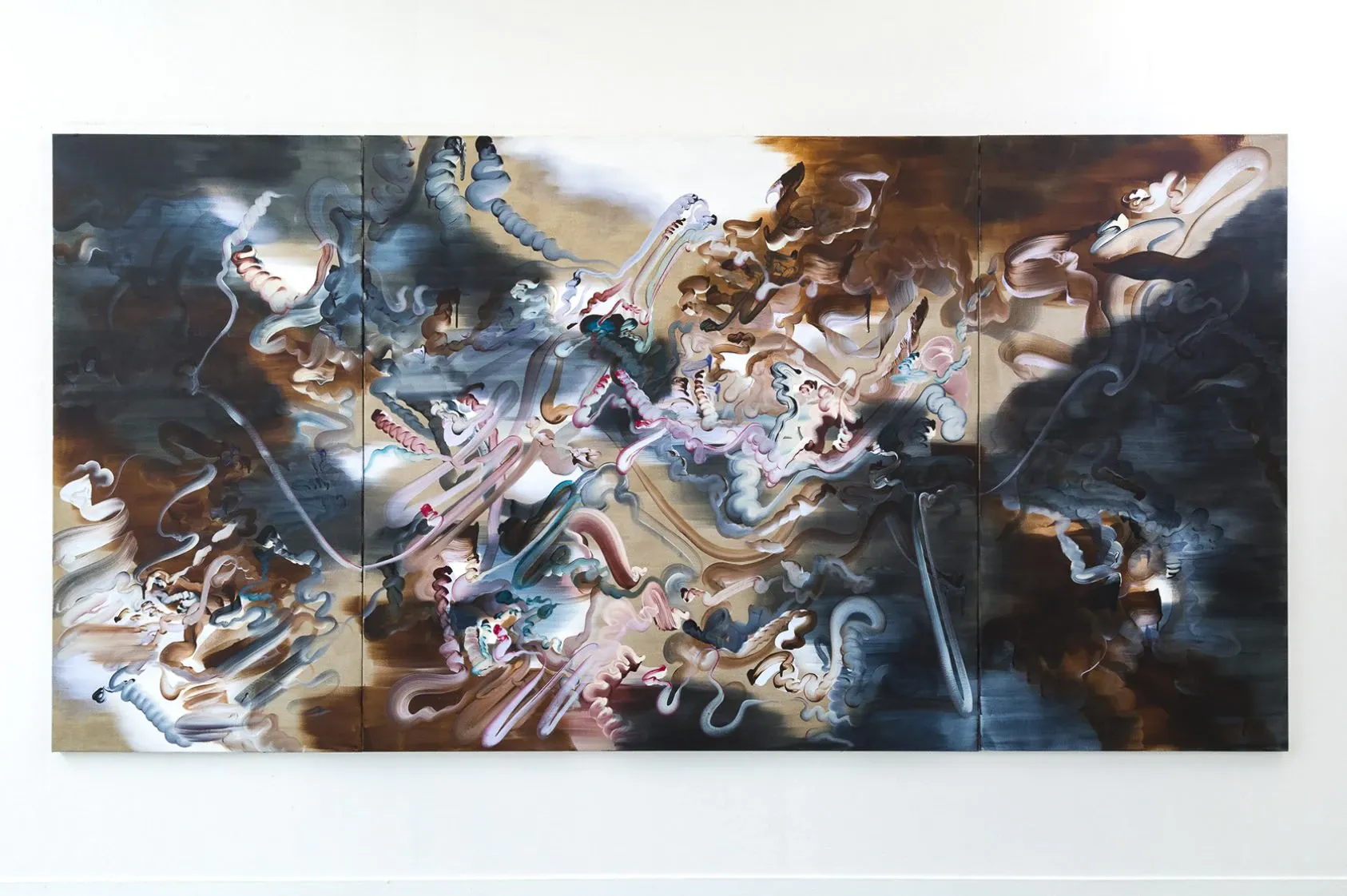
Grace Wright, Endgame Interlude (Altarpiece), 2000 x 4000mm (triptych), Master of Fine Arts, 2019.
Shand points to a 2016 report by the World Economic Forum identifying core educational capacities as creativity/innovation, communication, collaboration and criticality.
Elam is refocusing on those core capacities, rather than sticking with a singular idea of what educational outcome should look like, he says.
They are the qualities employers would want to see in a graduate.
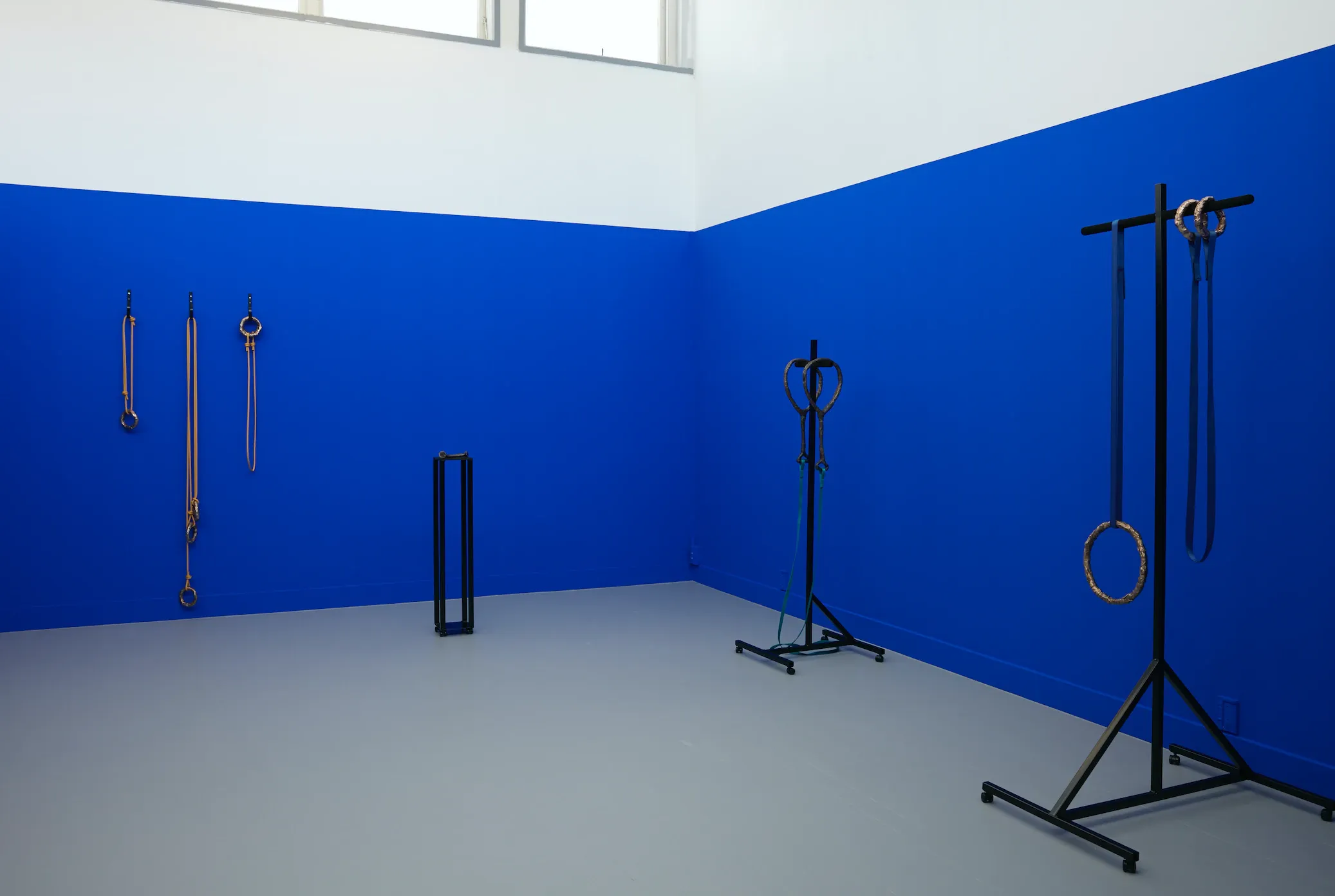
Hannah Valentine, Art and physicality: On the body in the age of hyperindustrialism, Master of Fine Arts, 2017.
“The important part of it is that they're capacities which are increasingly important capacities of citizenship. What are the types of people that we want to become?”
Shand says that while excellence in a creative field is “a perfectly terrific” outcome in its own right – one which many institutions aim for and many graduates achieve - Elam was about extending the variety of skills and attributes students can take to any employment field.
“One of the things which has come to bear most explicitly in the last few months with the impact of the pandemic has been a really significant re-understanding and an escalation again of the importance of creative education.”
Student focus
A marked turnaround was occurring away from STEM-based emphases to a wider-based curriculum, particularly in primary school.
The values and benefits of creativity go beyond the knowledge economy into something much more holistic, with creativity helping to negotiate a changing world, Shand states.
“We want our students to be agents of change and we want them to be capable and competent and creatively excellent in making change happen.”
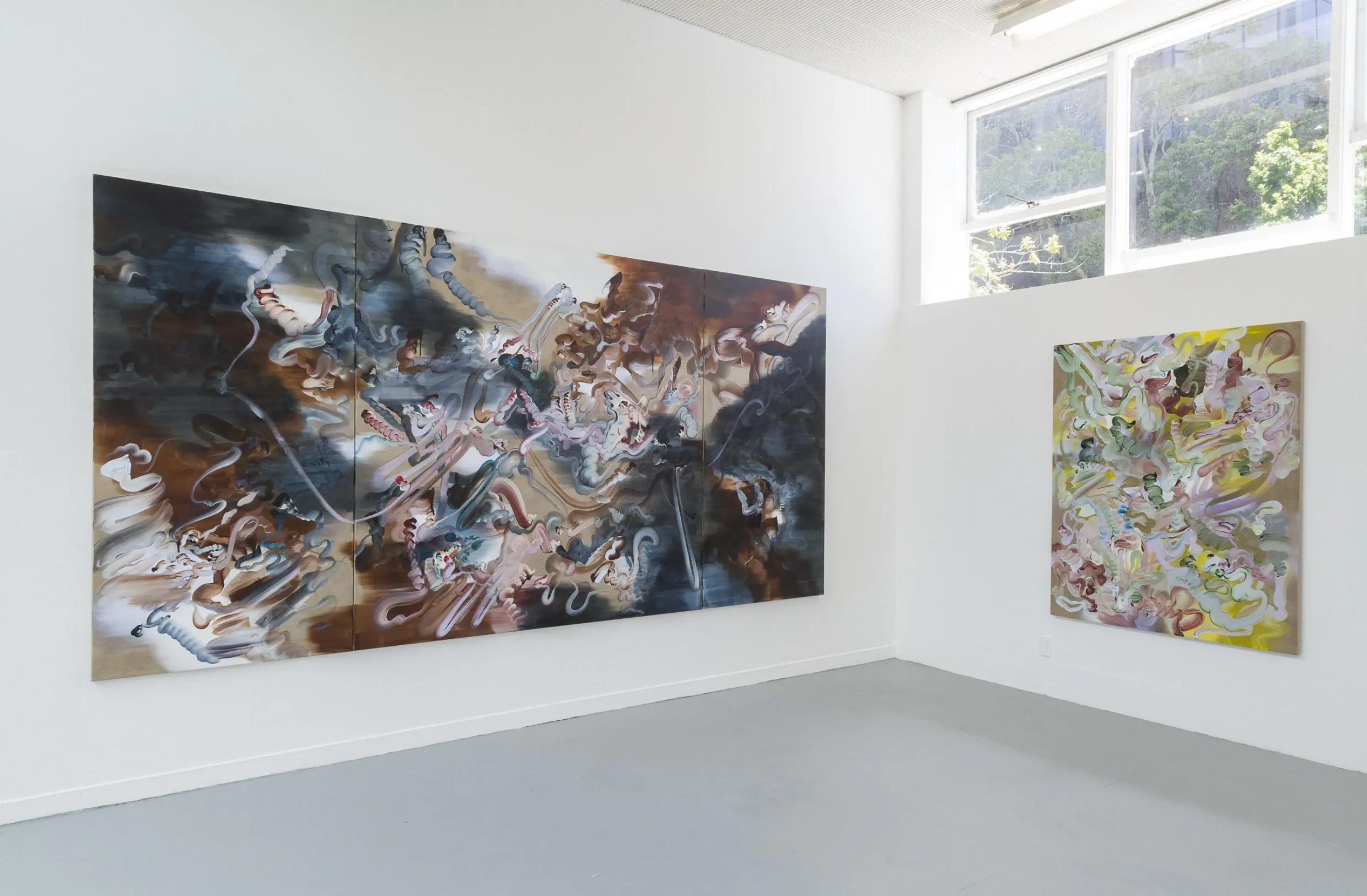
Grace Wright, Endgame Interlude: installation view, Master of Fine Arts, 2019.
Shand has lauded the “fortitude and invention” with which Elam students met the challenge of losing the resources they had been relying on and moving to online delivery during the COVID lockdown.
“That's been really extraordinary. And I think at a national level, what we've seen has been quite a swift appreciation of the need to continue to support arts and cultural activity.
“And this is very positive.”
Shand also highlights elamartists.ac.nz (the graduating students’ website) which showcases work from students’ final examinations, while allowing them to choose for themselves how to be represented, and how to sell or present their individual practises.
“It's really a positive and helpful reflection of who we are as a school, because we don't edit it; it's whatever the students choose to put up.
What the elamartists website reflects is the way in which Elam facilitates and extends student learning and research. This is consistent with its strong focus on the supportive and developmental role of education in advancing creative agency – particularly in times of change.
Written in partnership with Elam School of Fine Arts. To find out more about their 2021 programmes, click here.
